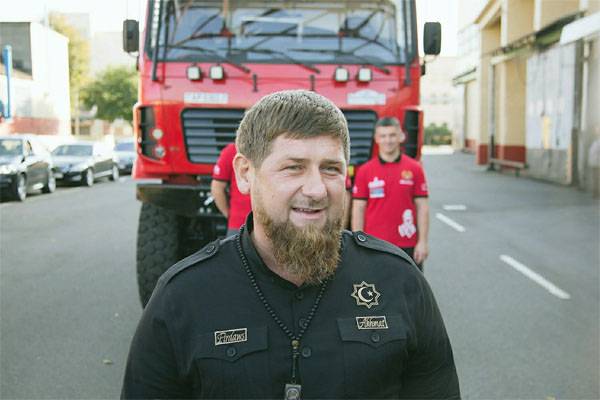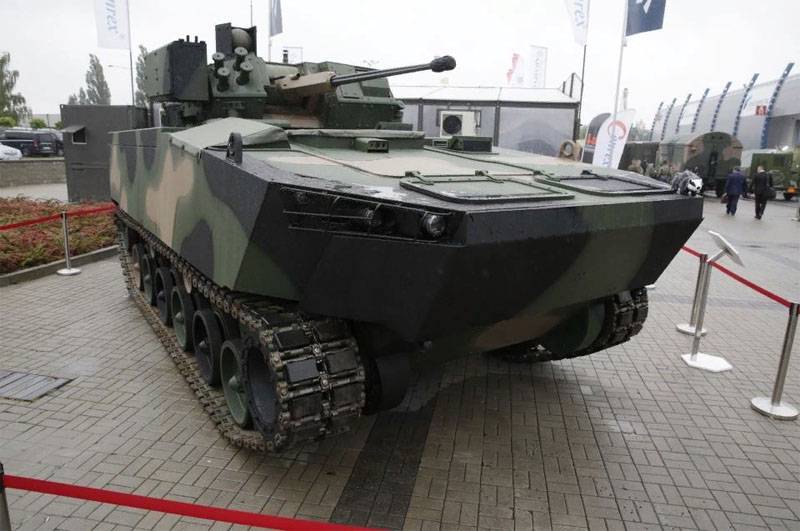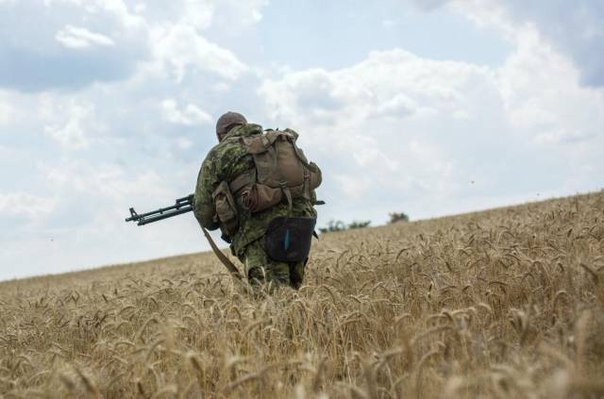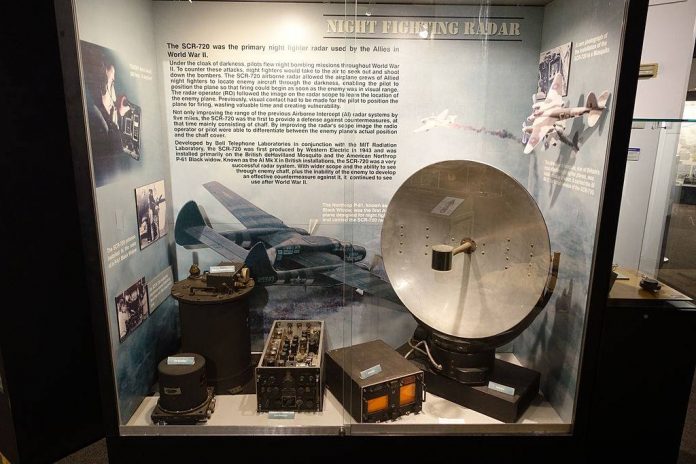
mentioned in the previous part of the cycle RF direction finding system HF / DF (High-frequency direction finding, or Huff-Duff), installed with 1942 year on ships escort escort, It helped to put on the bottom 24 % All German submarines sunk. Such equipment has been installed on US ships, only French technology. Huff-Duff allowed to do the main thing - it has deprived "wolf packs" to coordinate their actions with the help of radio, that was the key to success in the sea.
In the fight against surface ships of the enemy German submarine in poor visibility conditions using radar centimeter range. At the same time to fix the radio waves of the enemy at the beginning of 1944 years in submarines appeared radio FuMB 26 Tunis, which was a combined system, includes 9-inch FuMB 24 Fliege and 3 cm FuMB 25 Mücke.
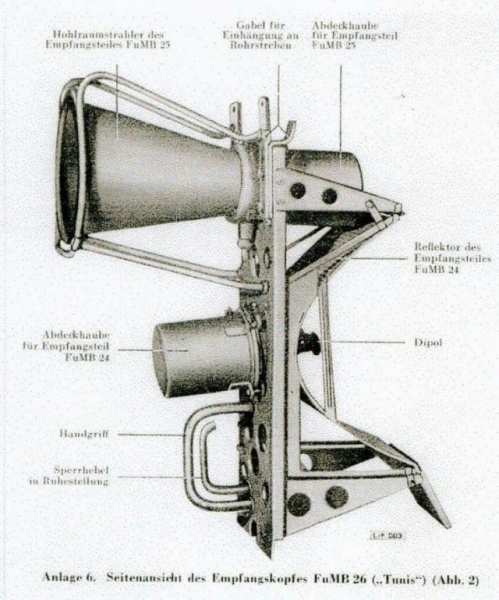
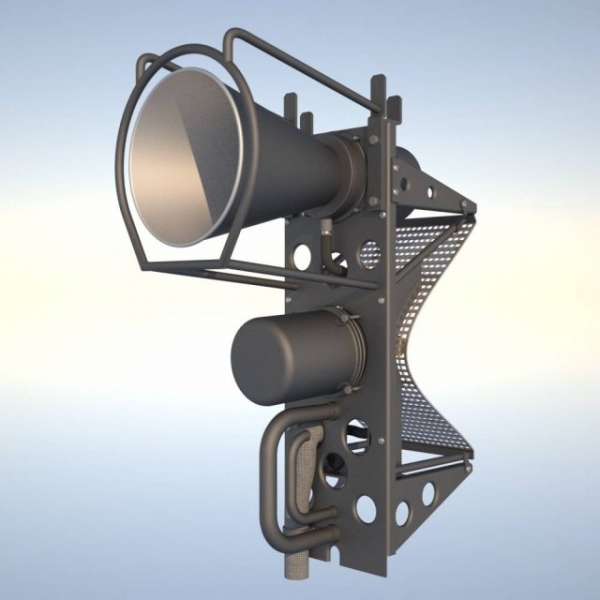 radio FuMB 26 Tunis
radio FuMB 26 Tunis
Its effectiveness was quite high - Tunis «saw" enemy radar at a distance 50 km, in particular 3 cm English radar DIA Mk.VII. "Tunisia" was the result of a thorough examination of the wreckage of a downed German-British aircraft over Berlin, fitted with 3-cm radar.
Funny story happened with the American aircraft-radiorazvedchikami, who wandered across the Atlantic in search of radio wave radar Kriegsmarine. By the end of the war, they have almost ceased to record radiation - turned, Germans were so scared counter enemy action, just stop using radars.
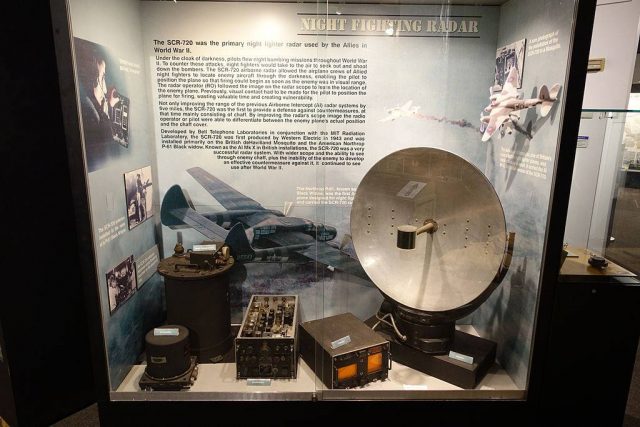 A copy of the British aviation radar at the museum
A copy of the British aviation radar at the museum
Among the responses tricks of the German navy were imitators surface targets, dubbed Aphrodite and Tetis. Aphrodite (other sources, Bold) We mentioned in the first part of the cycle and is a hydrogen-filled balloons with aluminum reflectors, which is attached to a massive float.
Tetis was even easier - rubber balloon, supporting reflectors, covered with aluminum foil. And this primitive technique proved to be quite effective. American planes with British found them at the same distance, and that the real purpose, and the signature of the traps does not betrayed himself. Even the most experienced operators of the radar could not confidently distinguish between Aphrodite and Tetis ships from the Germans.
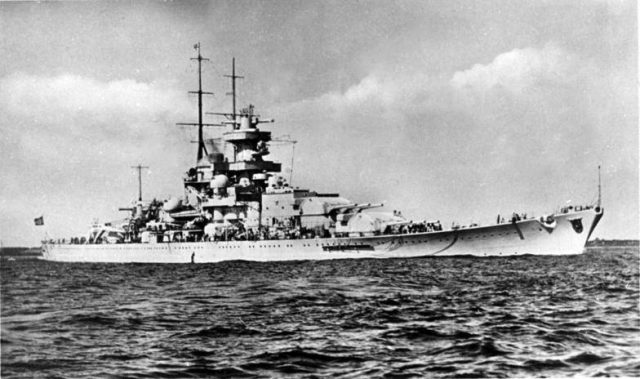 Линкор Gneisenau
Линкор Gneisenau
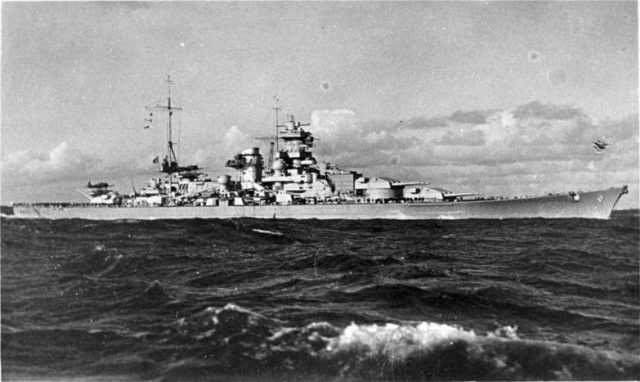
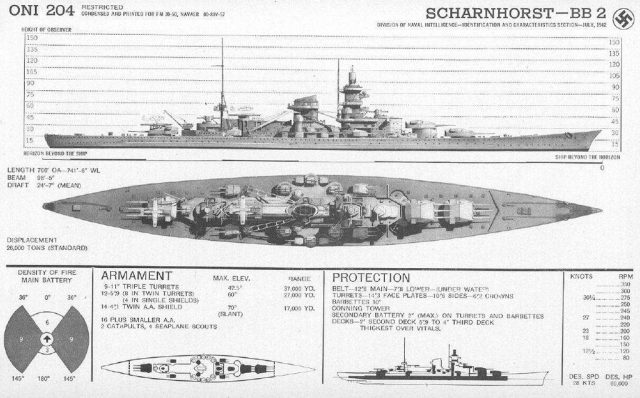 Линкор Scharnhorst
Линкор Scharnhorst
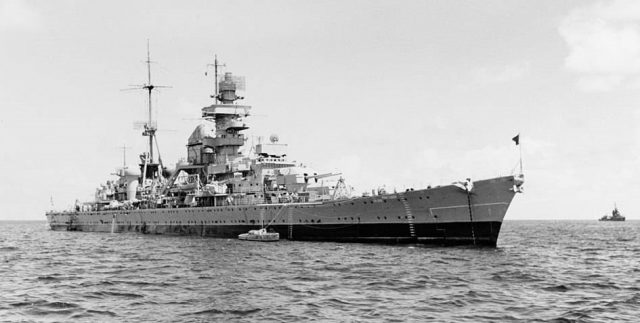 The heavy cruiser Prinz Eugen in the hands of the Americans
The heavy cruiser Prinz Eugen in the hands of the Americans
Despite some backwardness in matters of EW, Germans still had something to be proud of. Night 12 February 1942 year have been delivered to British interference active locators on the south coast of England, through which the heavy cruiser Prinz Eugen together with the battleships Scharnhorst and Gneisenau had almost unnoticed slip through the English Channel. Ships themselves were at a maximum speed of escape from the French Brest, with all the radar devices to them are turned off.
All work on the British jamming did Breslau II - shore transmitter on the French coast, and three He 111H. Recent equipped with transmitters simulation interference Garmisch-Partenkirchen, who created the locators on the British Phantoms approaching major bombing connections. Besides, special squadron was formed, specially cruised in the area of the British Isles, additionally distracting. And such a coordinated comprehensive work of the Germans was a success - later British newspapers wrote bitterly, what «since the XVII century, the Royal Navy had not experienced anything more disgraceful in its waters».
The most interesting, that the British were unable to identify the radio-electronic attack on their radars. They have until the very last moment of thought, that faced with troubles. On the German side it was a dark night, and a thick fog, but still they were discovered, true, no locators, and patrol aircraft. Prinz Eugen, Scharnhorst and Gneisenau even managed to get under the British coastal battery fire, who worked on going full steam ships from a distance 26 km. Fight erupts for the ships were in the air, and gunners shore batteries on both sides of the Channel. Scharnhorst, barely managing to fend off pesky torpedo boats, I hit a mine and stood, at the risk of becoming an easy target for the British bombers.
The British abandoned the attack 240 bombers, who in a desperate attempt to try to sink the fugitives. But sailors Scharnhorst quickly repair the damage, and under cover of the Luftwaffe continued to move the battleship. Gneisenau later also scored a meeting with the mine, which, but, nothing significant has brought, and the ship continued to move.
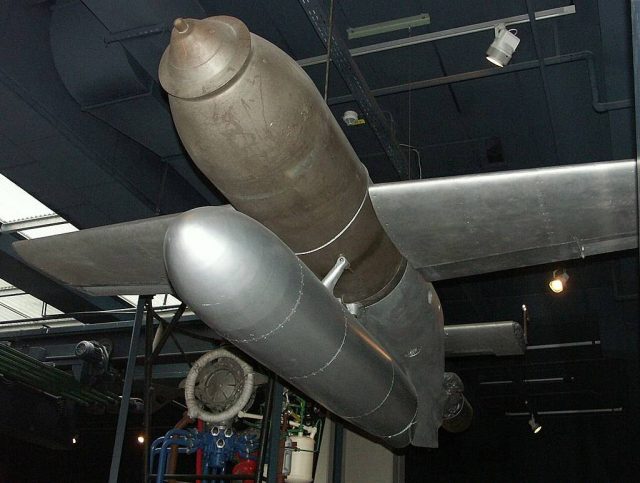
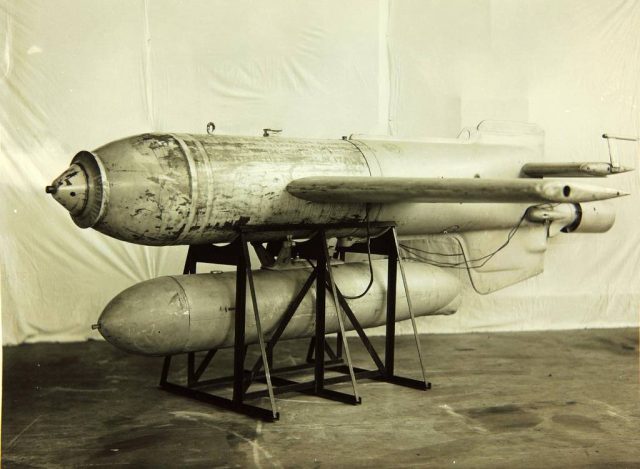
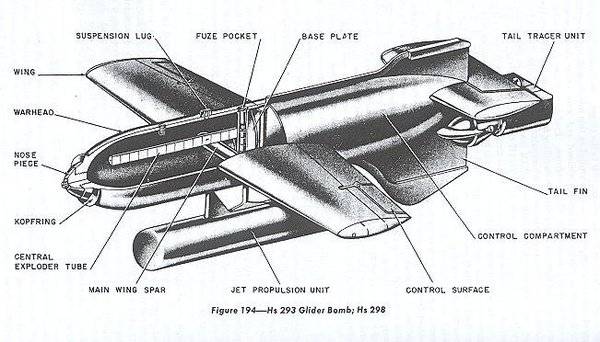 Herschel Hs 293A
Herschel Hs 293A
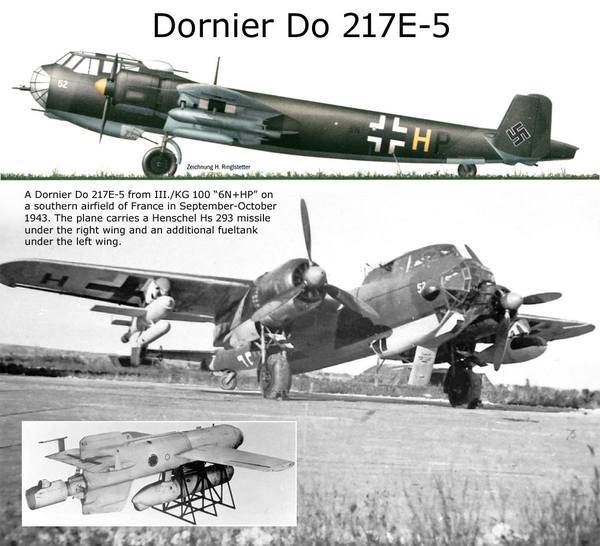 Herschel Hs 293A and its carrier
Herschel Hs 293A and its carrier
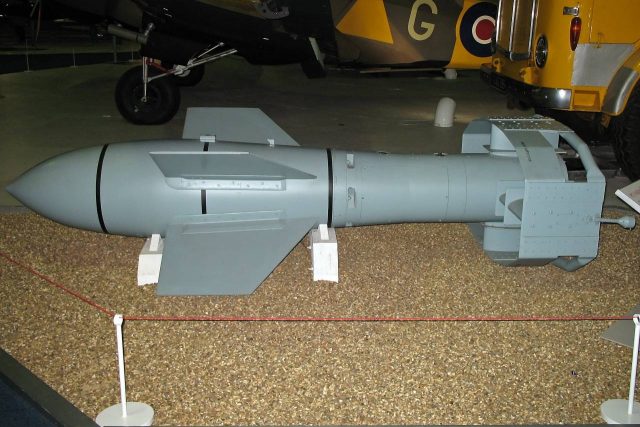 The planning ASD Fritz X
The planning ASD Fritz X
The Allies had to contend with another surprise attack on the German side - guided weapons. In the middle of the war the Nazis were smart bombs Herschel Hs 293A, and want to manage the type of bomb Fritz X. The principle of operation of new products was fairly simple by today's standards - a radio transmitter on the plane and Kehl Strassburg receiver ammunition were the core of the system. Radio command system worked in the meter range, and the operator can choose between 18 operating frequencies.
first attempt «killing» such weapons became director XCJ-1 interference, appeared on American destroyers, involved in the escort accompanied the beginning 1944 of the year. Not everything went smoothly at XCJ-1 with the suppression of massive attacks guided bombs, since the operator had to adjust to a well-defined frequency one bomb. At this time, the rest of Herschel Hs 293A and Fritz X, working on different frequencies, successfully hit the ship. I had to go to the British, which at that time were the undisputed favorites in EW.
English type jammers 650 I worked directly with the receiver Strassburg, blocking its connection to the activation frequency 3 MHz, that made it impossible to control the German operator to select a radio channel. The Americans followed the British perfected their transmitters to version XCJ-2 and XCJ-3, and the Canadians appeared similar Naval Jammer. As usual, This breakthrough was not accidental - in Corsica previously fallen German Heinkel He 177, on board of which was the new bombs management system. Careful examination of the equipment and all the cards issued to allies.
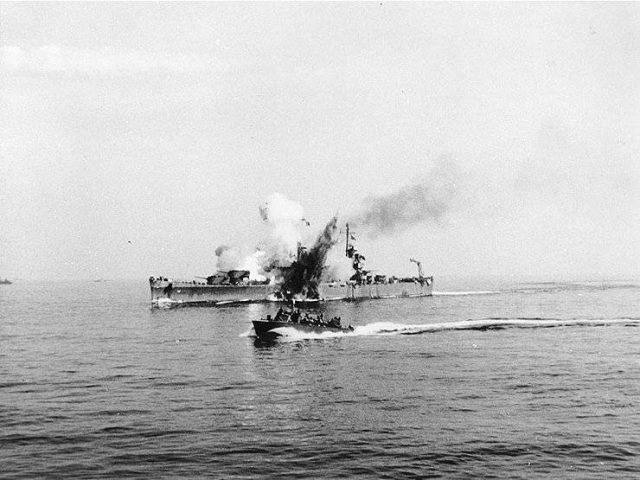 An example of a successful hit-controlled bombs in Allied ship
An example of a successful hit-controlled bombs in Allied ship
AN / ARQ-8 Dinamate US generally allowed to intercept control German bombs and divert them from escorts. All these measures have forced the Germans by the summer 1944 year to abandon the use of radio-controlled bombs. Hope gave the transition to control by wire from Fritz X, but in these cases the target had to be selected too close, which graded all the benefits of planning to bomb.
Confrontation was important in the Atlantic, but not the only example of a successful application, or a disastrous neglect opportunities EW. Germans, in particular, had frantically resisted armadas of bombers Allied Force, that at the end of the war the country was razed to the ground. And the struggle to radiofronte played not the last value here.
Based on materials:
— uboat.net
— wiki.wargaming.net
— A Paly. AND. Radiovoyna. M., Voenizdat, 1963
— Mario de Arkanželis. Electronic warfare. From Tsushima to Lebanon and the Falkland Islands. Publ Blandford press poole dorset, 1985
— In Pyrumov. FROM., Czerwinski P. A. Radio electronics in the war at sea. M.: Voenizdat, 1987
— Electronic Warfare. From the experiments of the past to the future decisive edge. under the order. n. A. Kolesov and. D. Nasenkova. M.: Center for Analysis of Strategies and Technologies, 2015
/Yevgeny Fyodorov, topwar.ru/







